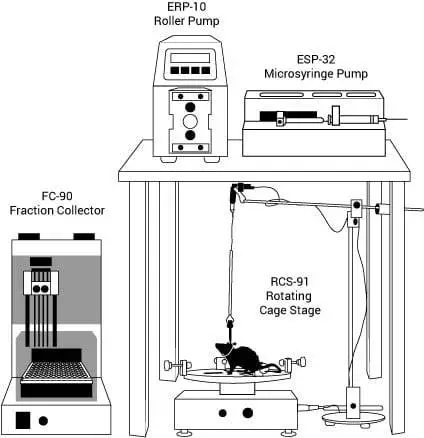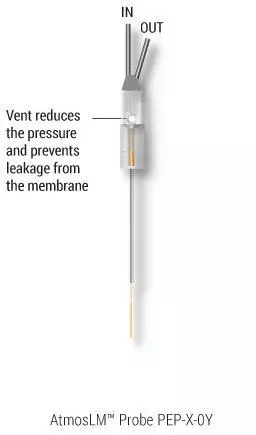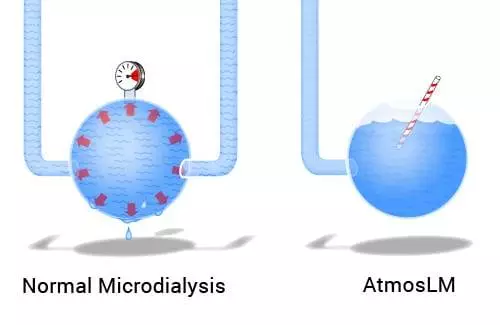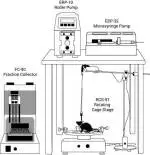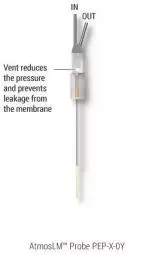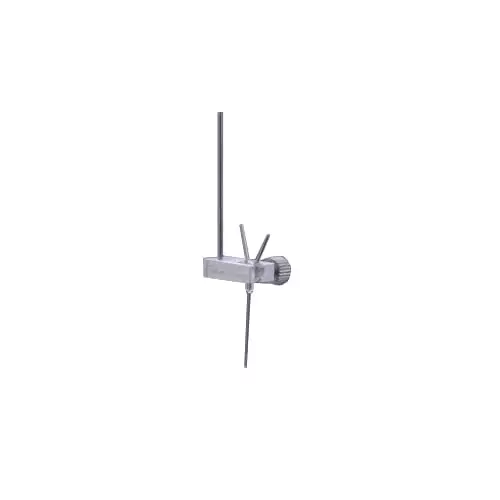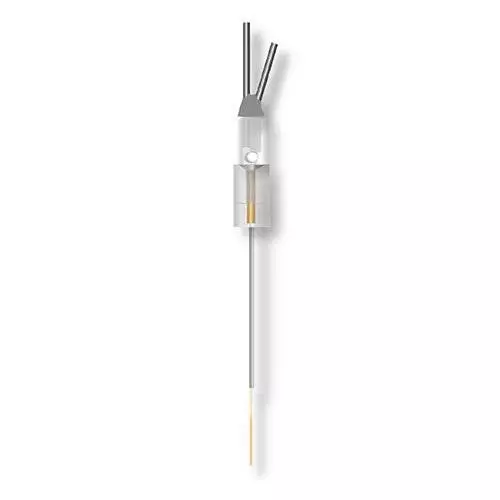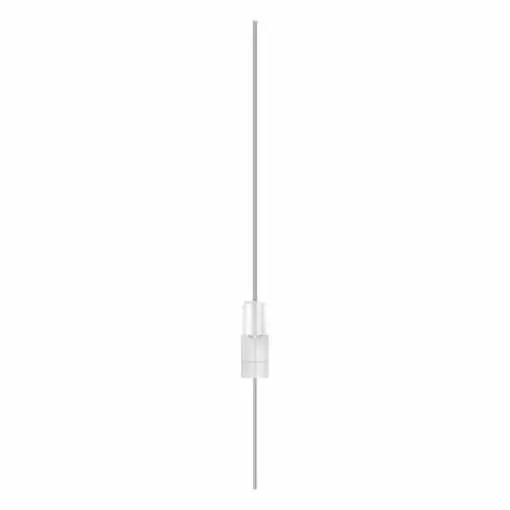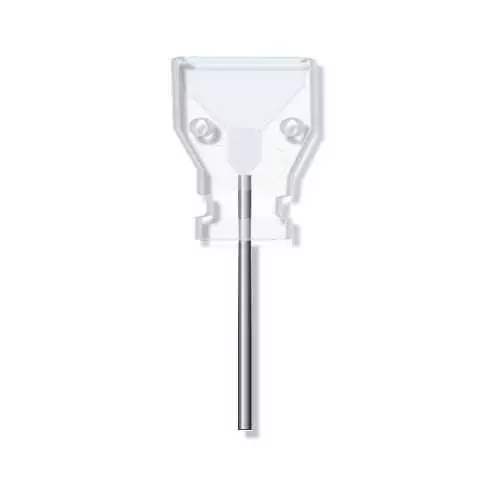Description
Microdialysis Probes for Large Molecule Detection
Variety of sizes available depending on your target molecule
Microdialysis probes with a patented design allow researchers to quantify molecules that are not usually easy to detect.
User Reported Detectable Molecules with in Vivo Use
- Amyloid β1-40 (4 kDa)
- Monoclonal antibodies
- ApoE particles (>200 kDa)
- IL-1 β (17 kDa)
- IL-6 (26 kDa)
- Tau Protein (>50 kDa)
- TNF-α (17 kDa)
- CRF (5 kDa)
- α-synuclein (14 kDa)
Membrane Types:
Polyethylene (PE) Membrane with 1,000 kDa Cut Off, 0.44 mm outer diameter.
Variety of Sizes Available for AtmosLM™ Microdialysis Probes
Aside from the Pressure Canceling Technology, the AtmosLM™ Microdialysis Probe, model PEP, is similar to our AZ microdialysis probes. We carry standard sizes of 4, 8 or 12 mm for the shaft length (X mm) and 1, 2, 3 or 4 mm for the membrane length (Y mm). Other sizes are available.
System Requirements
To collect the sample from the probe, a “pull” pump is required in addition to the infusion syringe pump. Eicom has developed a new peristaltic pump, the ERP-10, specifically for the AtmosLM™ system. The ERP-10 completes the AtmosLM™ system offered by Eicom, an incredibly convenient large molecule sampling system. The tubing from the syringe pump to the PEP-probes should be 0.1 mm ID (JT-10 or WT-35). The tubing from the PEP probe to the ERP-10 should be 0.25 mm ID (JF-10 or WT-35). The WT-35 has two tubes covered by a protective sheath. One tube is 0.1 mm ID (inlet) and the second is 0.25 mm ID (outlet). Please download the manual for more details.
Microdialysis Options
The FC-90 Fraction Collector provides refrigerated fraction collection from up to four probes simultaneously. The samples are stored in a 96 well plate with resealing plate seals to prevent evaporation and cross contamination of samples.
The RCS-91 rotating cage stage and balance arm obviates the need for swivels: when the animal rotates, the stage rotates in the opposite direction to eliminate twisting in the animal’s tether. The RCS-91 also obviates the need for electrical and optical slip rings, leading to easier to combination of microdialysis, electrophysiology, and optogenetic equipment in the same experiment.

